38 how to label acceleration
How to get acceleration value - Autodesk Community Filter by Labels. Categories. 2; 2 1; 2D frame 1; 3 errors 1; 450 1; Acceleration of gravity 1; Add-in 1; adjoining member 1; advance steel 1; Aluminium Design 1; ... (1 span of 45m). I want to verify that the value of vertical acceleration doesn't exceed 1m/s² and that the horizontal acceleration doesn't exceed 0,3m/s². How can I get the ... How to Analyze Position, Velocity, and Acceleration with ... So, the yo-yo has a maximum velocity of 5 inches per second twice — at both the beginning and the end of the interval. It reaches a minimum velocity of — 7 inches per second at t = 2 seconds.. Total distance traveled Total distance traveled is determined by adding up the distances traveled on each leg of the yo-yo's trip: the up leg, the down leg, and the second up leg.
Acceleration - Southeastern Louisiana University Method 1: Using the position data (distance versus time graph). First, if you are finding the acceleration then you are probably assuming it is a constant acceleration. If this is the case, the well known kinematics equations apply From this, you can see the relationship between x and t.
How to label acceleration
Linear Acceleration Formula: Definition, Concepts and Examples Acceleration is the rate of change in the velocity towards the time change. We denote it by symbol a, and compute it as- Linear Acceleration = Its unit is meter per second squared or m . If t (time is taken), v (final velocity) and u (initial velocity) are provided. Then the acceleration formula: v = u+at v² = u² + 2as Where, How to Sketch Acceleration Time Graph From Velocity Time Graph NEXT Position displacement velocity acceleration Graph: Acceleration - Physics Classroom The average acceleration ( a) of any object over a given interval of time ( t) can be calculated using the equation This equation can be used to calculate the acceleration of the object whose motion is depicted by the velocity-time data table above. The velocity-time data in the table shows that the object has an acceleration of 10 m/s/s.
How to label acceleration. What is the label of acceleration? - Quora v=u+a*t here"v" is final velocity "u" is initial velocity "a" is acceleration and "t" is time) Now, put the values in the above formula, 20=10+2*t 20-10=2*t 10=2*t t=10/2, t=5 sec. Atul Tiwari 4 y Related What is radial acceleration? Originally Answered: What is radial acceleration? Creating Acceleration and Velocity Vectors - Storyboard That Create acceleration and velocity vector diagrams for different situations. Click "Start Assignment". Use a combinations of scenes, characters and props to create a visualization for the following situations: spacecraft in orbit, car slowing down, and ball thrown in the air. Use arrows to describe the acceleration and velocity vectors in each ... What Are Examples of the Law of Acceleration? - Reference.com A good example that illustrates the law of acceleration is a car's increasing velocity. When a person pushes down the gas pedal, the car has positive acceleration. When the brakes are applied over a period of time, the vehicle accelerates in the negative direction. Another example is throwing a football. It travels in the direction of the ... How do you label acceleration? - Answers There are four kinds of acceleration, acceleration is a quaternion quantity: 1. scalar acceleration (Centripetal and centrifugal) 2. Tangential acceleration 3. normal acceleration 4. Curl ...
How to Improve Your Data Model Acceleration in Splunk To check the status of your accelerated data models, navigate to Settings -> Data models on your ES search head: You'll be greeted with a list of data models. The ones with the lightning bolt icon highlighted in yellow are the ones that are accelerated. You can click the > to expand the section of each data model and view the status. What causes slow acceleration in a car and how to fix it Photo credit: Abeer M ©WheelsJoint. The most common causes for slow acceleration are clogged air filter, dirty mass air flow sensor (MAF), clogged fuel filter, fuel pump malfunction, faulty oxygen sensor, dirty throttle body, worn spark plugs and clogged catalytic converter. Less common causes are faulty throttle position sensor (TPS), bad ... What is acceleration? (article) | Khan Academy To be specific, acceleration is defined to be the rate of change of the velocity. The above equation says that the acceleration, , is equal to the difference between the initial and final velocities, , divided by the time, , it took for the velocity to change from to . [Really?] Acceleration Formula With Solved Examples - BYJUS Acceleration is the rate of change in velocity to the change in time. It is denoted by symbol a and is articulated as- The S.I unit for acceleration is meter per second square or m/s 2. If t (time taken), v (final velocity) and u (initial velocity) are provided. Then the acceleration is given by the formula Where, Final Velocity is v
Acceleration - Wikipedia Proper acceleration, the acceleration of a body relative to a free-fall condition, is measured by an instrument called an accelerometer . In classical mechanics, for a body with constant mass, the (vector) acceleration of the body's center of mass is proportional to the net force vector (i.e. sum of all forces) acting on it ( Newton's second law ): Instantaneous Acceleration: Definition, Formula and more So, the formula for the instantaneous acceleration is: a =. lim. Δ v. Δ t → 0. Δ t. To demonstrate how to use this formula in practice, let's go through a simple example. Let's consider a particle whose velocity (in meters per second) at an instant t (in seconds) is given by 2 t 2: v = 2 t 2. Physics for Kids: Acceleration - Ducksters The average acceleration is the total change in velocity divided by the total time. This can be found using the equation a = Δv ÷ Δt. For example, if the velocity of an object changes from 20 m/s to 50 m/s over the course of 5 seconds the average acceleration would be: a = (50 m/s - 20 m/s) ÷ 5s a = 30 m/s ÷ 5s a = 6 m/s2 Relative Motion & Acceleration | Overview, Equations & Examples - Video ... As you can see, this results in 0.5 meters per second and approximately 0.87 meters per second. To determine the velocity of the plane relative to the ship, we have to use a special setup.
"How do you label acceleration?" : physicsmemes - reddit Here you are: Fortnight 2 to s 2 = 1209600 2 Furlongs to m = 201.168. 201.168/1209600 2 = 0.00000000013784 = 1.3784×10-10 ms-2. Edit: My mistake, my calculator was only doing it to 1 sf, corrected it
How do you label force mass and acceleration? - Answers force =mass x acceleration therefore mass = force /acceleration and acceleration = force/mass Explain how a football and a soccerball can have different accelerations if pushed by the same force?
Acceleration Question -- How to label the vectors of motion ... It is common in basic mechanics for people to talk about 'negative acceleration' but that is just a shorthand for saying the projection of the acceleration vector on the vector pointing along the positive directional axis points in the opposite direction to that axis. Or in symbols
Direction Of Centripetal Acceleration: How To Find And Detailed Facts The centripetal acceleration of an object is found to be 0.15 m/s2. Hence, the centripetal force on the object is [latex]F=ma [/latex] [latex]F=5\times 0.15=0.75N [/latex] The force exerted on the object having a mass of 5kg moving on a circular path is 0.75N. How is a centrifugal force related to the centripetal force?
2504828 - Configuring labels for item and section comments ... How to customize the labels for item and section comments in Performance Management PMv12 Acceleration (PMv12A) form templates Customize Section comments Label as shown in the image SAP Knowledge Base Article - Preview
How to Calculate Acceleration Article - dummies Distance per time squared? Don't let that throw you. You end up with time squared in the denominator because you divide velocity by time. In other words, acceleration is the rate at which your velocity changes, because rates have time in the denominator. For acceleration, you see units of meters per second 2, centimeters per second 2, miles per second 2, feet per second 2, or even kilometers ...
Finding Acceleration - Physics Classroom The process of determining the acceleration of an object demands that the mass and the net force are known. If mass (m) and net force (F net) are known, then the acceleration is determined by use of the equation. a = Fnet / m Your Turn to Practice
Acceleration (video) | Khan Academy Acceleration (a) is the change in velocity (Δv) over the change in time (Δt), represented by the equation a = Δv/Δt. This allows you to measure how fast velocity changes in meters per second squared (m/s^2). Acceleration is also a vector quantity, so it includes both magnitude and direction. Created by Sal Khan. Facebook Twitter Sort by: Questions
Average Acceleration: Definition, Formula, Examples and more Calculate the average acceleration of the train for the first 13 s, the average acceleration for the following 25 s, and the overall average acceleration. Let's suppose that the instant at which the train starts accelerating is 0 and label it as t 1 .
Acceleration - Physics Classroom The average acceleration ( a) of any object over a given interval of time ( t) can be calculated using the equation This equation can be used to calculate the acceleration of the object whose motion is depicted by the velocity-time data table above. The velocity-time data in the table shows that the object has an acceleration of 10 m/s/s.
How to Sketch Acceleration Time Graph From Velocity Time Graph NEXT Position displacement velocity acceleration Graph:
Linear Acceleration Formula: Definition, Concepts and Examples Acceleration is the rate of change in the velocity towards the time change. We denote it by symbol a, and compute it as- Linear Acceleration = Its unit is meter per second squared or m . If t (time is taken), v (final velocity) and u (initial velocity) are provided. Then the acceleration formula: v = u+at v² = u² + 2as Where,


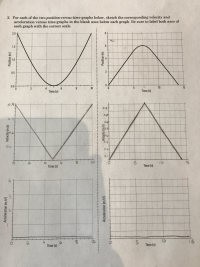


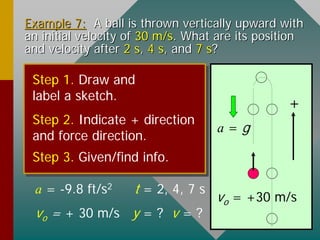
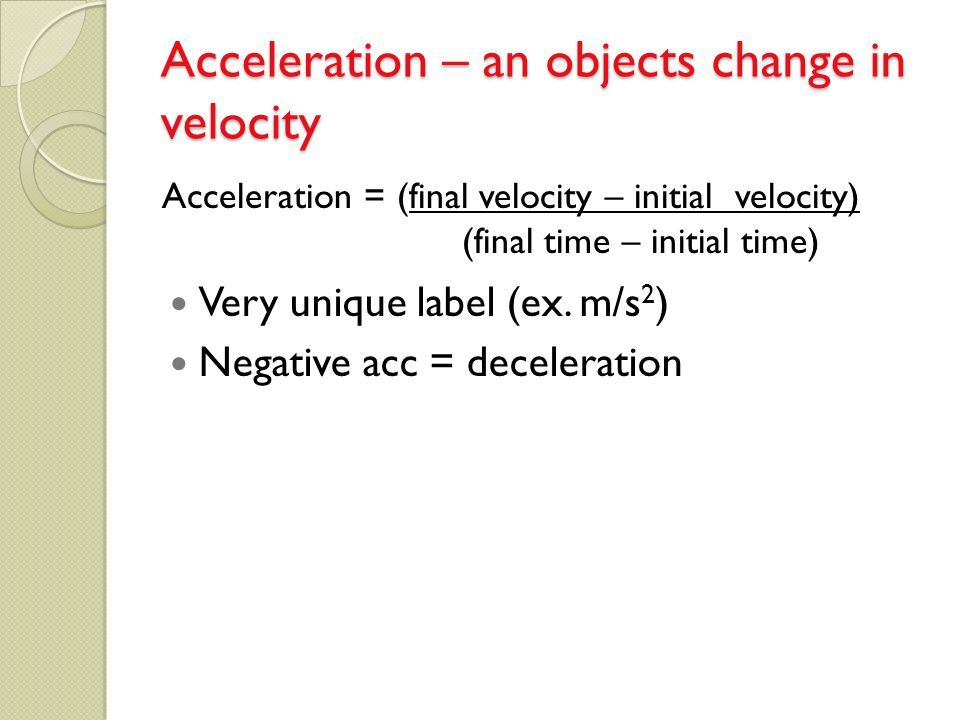
















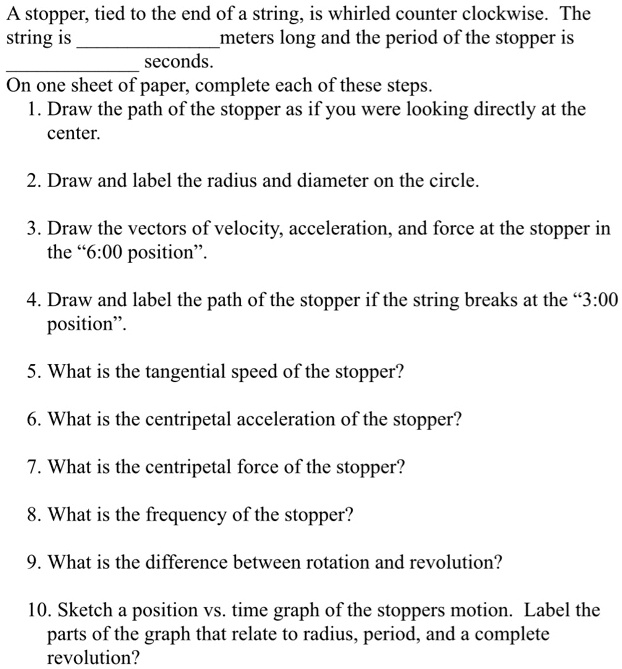
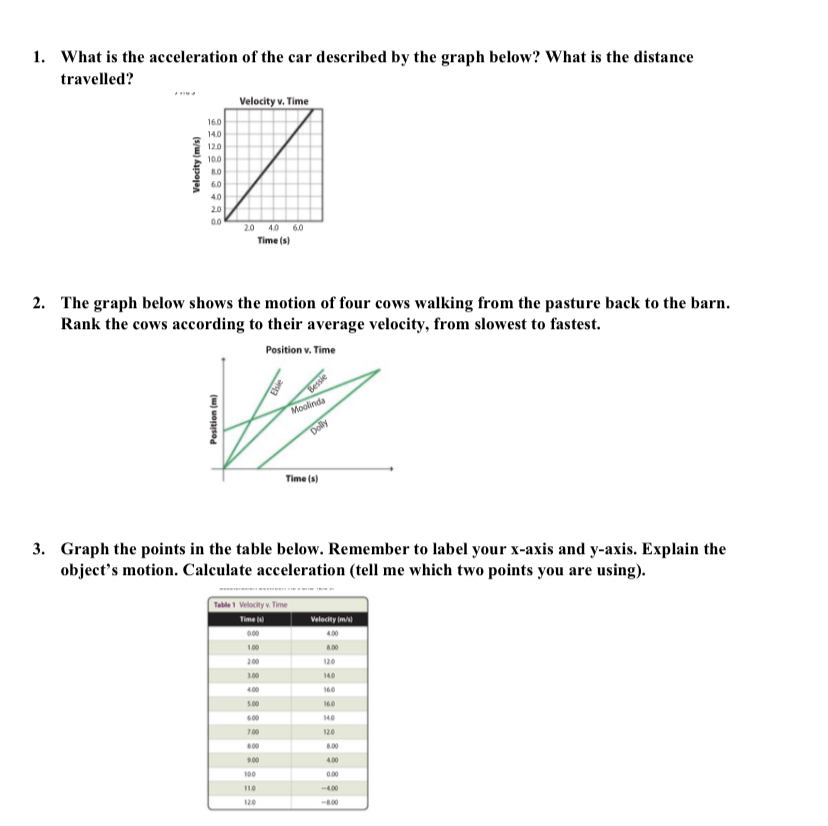






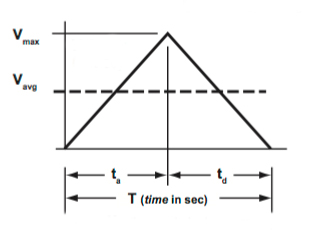


Post a Comment for "38 how to label acceleration"